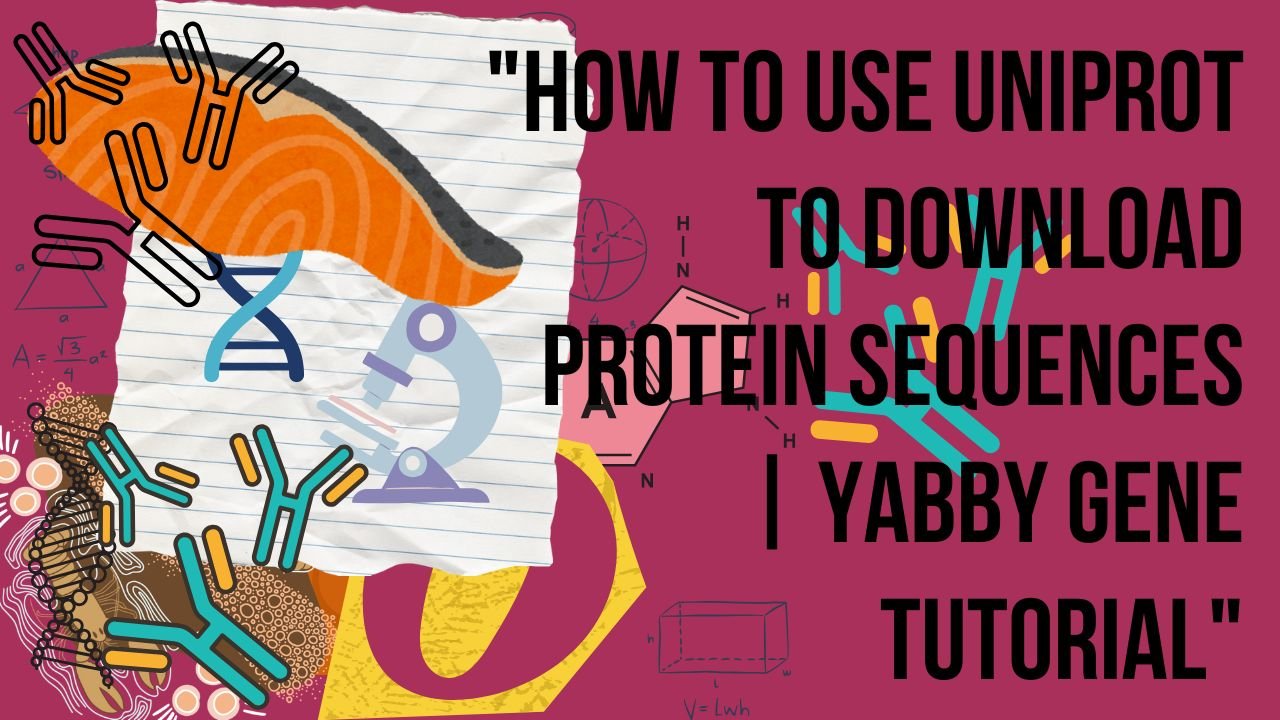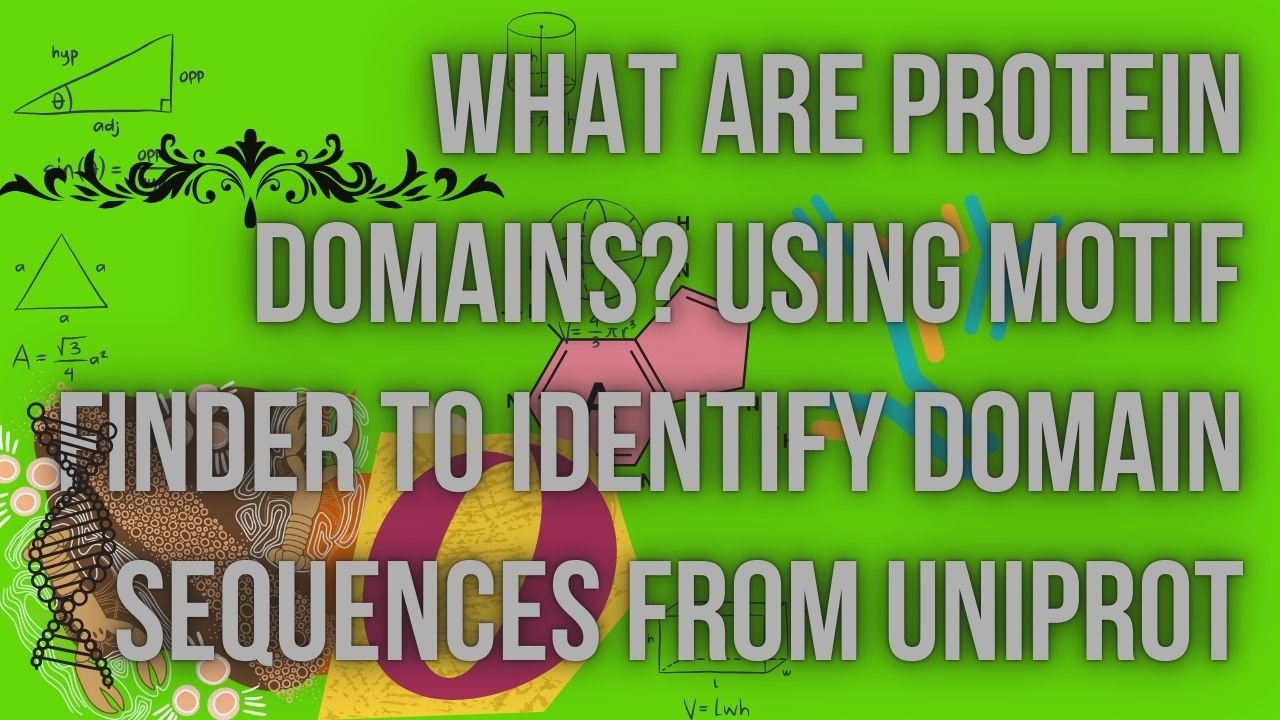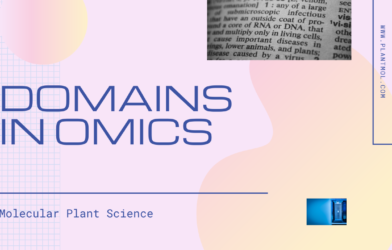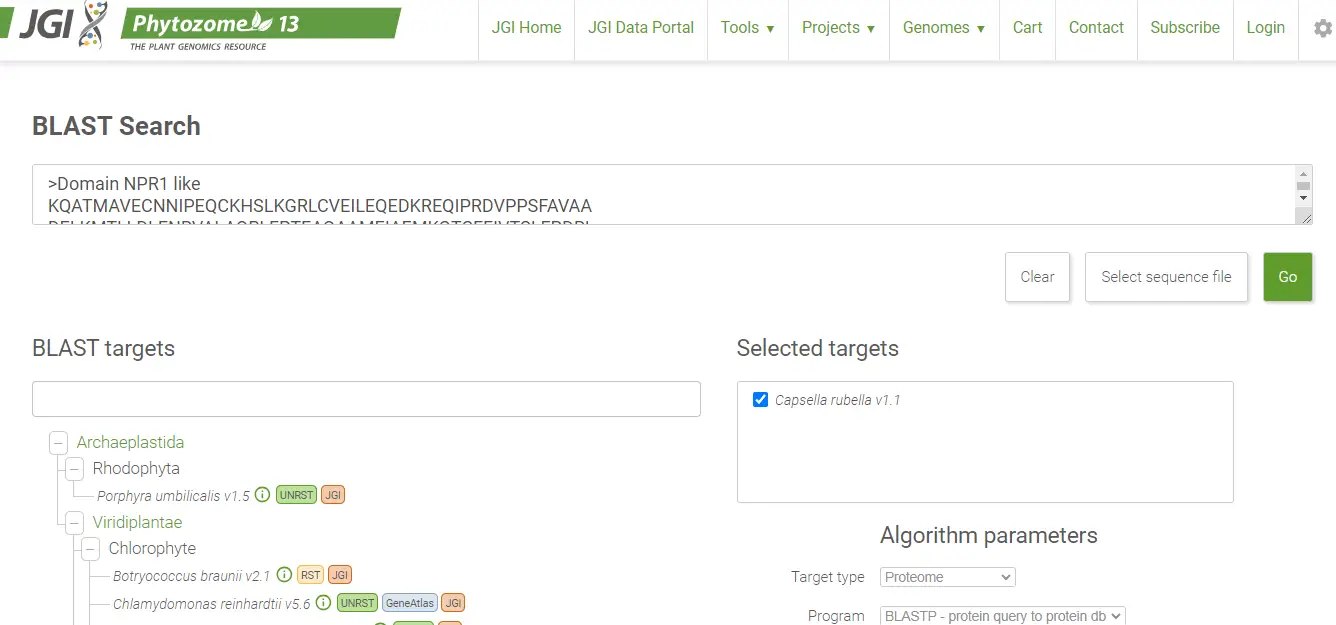What is Motif Finder (MF)?
Motif Finder (MF) is an important bioinformatics tool to identify and characterize specific sequence patterns, known as motifs, within protein sequences. These motifs are used for the protein functions identification and interactions. Motif and domain analysis also play a vital role in genome wide analyses (GWA). By utilizing different algorithms and databases, MF can efficiently detect conserved domains in the protein which are important in performing specific biological functions and processes.
Importance of Protein Domain (PDs) Identification
Identifying protein domains (PDs) is an important bioinformatic process in genomics and proteomics as these domains dictate the functional behavior of proteins. Each PDs can be associated with specific biological activities. Therefore, recognizing these domains enables researchers to decipher complex cellular mechanisms and interactions. Moreover, this identification supports the discovery of new proteins and their roles in various organisms, which is fundamental in advancing fields such as protein protein interaction and drug design.
Applications of MF in Genome-Wide Analysis
MF facilitates GWA by allowing bioinformatitions to conduct large-scale screenings of protein sequences. This capability is particularly beneficial for annotating genomes and understanding evolutionary relationships among different species. By uncovering motifs across various genomes, researchers can compare the domains of functionally similar proteins, leading to new insights into evolutionary adaptations and functional innovations.
In conclusion, MF is a powerful tool that enhances the identification of PDs, providing vital information for GWA studies. As the field of bioinformatics continues to grow, tools like Motif Finder CDD and pFAM will play an essential role in unlocking the mysteries of protein functions and their genetic code.










Understanding Protein Domains And Motifs In Genome-Wide Analysis
[…] Understanding Motif Finder for Protein Domain Identification in Genome-Wide Analysis […]
A Step-by-Step Guide For Genome-Wide Analysis Of Gene Families In Plants
[…] Understanding Motif Finder for Protein Domain Identification in Genome-Wide Analysis […]